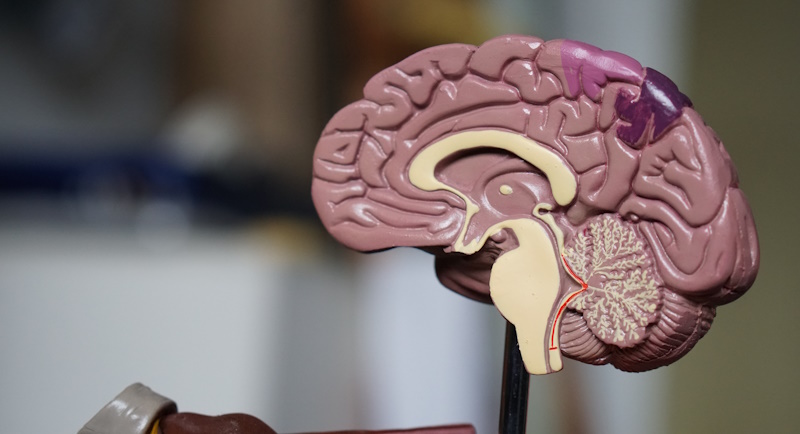The link between low muscle mass and cognitive decline
An emerging risk factor for dementia is loss of muscle mass. Millions of people around the world have had their lives negatively affected by the process of cognitive decline, mainly associated with aging. Once cognitive decline is happening, it is often irreversible. But, loss of muscle mass is more of a modifiable risk factor that could help reduce the risk of declining brain health.
A 2022 cohort study published in JAMA Network Open of almost 8300 older participants, found that those with low muscle mass had a significant association with a rapid decline in cognitive functioning over the course of three years. The researchers concluded that this finding could potentially be used for screening older adults helping identifying those with low muscle mass as one form of risk detection for impairment of executive cognitive functioning.
Loss of muscle mass, a risk factor for dementia
This study also found that the association between individuals with low muscle mass and a faster decline with executive cognitive functioning was independent of physical activity and muscle strength. Executive cognitive functioning is the day-to-day activities of being able to keep our attention span, organizing our thoughts, and making daily decisions.
While this news may seem depressing, at the same time, low muscle mass is a modifiable risk factor. Meaning, we can actually do something about it to change that status. One of the best ways to diminish or correct low muscle mass is doing resistance training along with consuming between 25-30 grams of protein at each meal. Sufficient protein can help maintain muscle as we age. Resistance training includes activities such as lifting weights, kettle balls, pushups and pull-ups, and planks, can help build back muscle mass to help slow this natural decline.
Excellent sources of protein include beef, poultry, pork, fish, eggs, milk, Greek yogurt, tofu, beans, and split peas.
While it may seem insignificant that muscle mass has much to do with maintaining brain health, dwindling muscle mass with age, can start as early as our 40s. It’s well known that good muscle mass plays a central role in strength and physical functioning, but sufficient muscle mass is a reservoir of proteins, necessary for many important bodily processes. Our muscles also secrete molecules that send messages to our brain. In addition, simply exercising and building muscle mass boosts blood flow to the brain which improve executive functioning.
In the future, measuring older adults for low muscle mass at health clinics at annual physicals, may possibly be one way to identify individuals who are at a greater risk for cognitive decline and an excellent opportunity to educate them on how to improve and maintain their muscle mass.
Dr. David Samadi is the Director of Men’s Health and Urologic Oncology at St. Francis Hospital in Long Island. He’s a renowned and highly successful board certified Urologic Oncologist Expert and Robotic Surgeon in New York City, regarded as one of the leading prostate surgeons in the U.S., with a vast expertise in prostate cancer treatment and Robotic-Assisted Laparoscopic Prostatectomy. Dr. Samadi is a medical contributor to NewsMax TV and is also the author of The Ultimate MANual, Dr. Samadi’s Guide to Men’s Health and Wellness, available online both on Amazon and Barnes & Noble. Visit Dr. Samadi’s websites at robotic oncology and prostate cancer 911.

